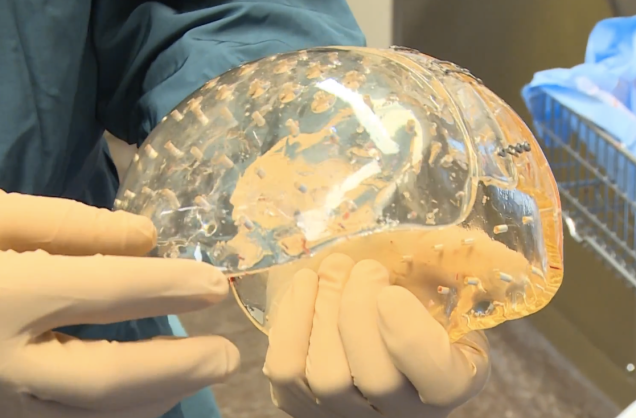Artificial intelligence originally aspired to replace doctors. Researchers imagined robots that could ask you questions, run the answers through an algorithm that would learn with experience and tell whether you had the flu or a cold. However, those promises largely failed, as artificial intelligent algorithms were too rudimentary to perform those functions.
Continue reading… “AI’s Healing Power”













